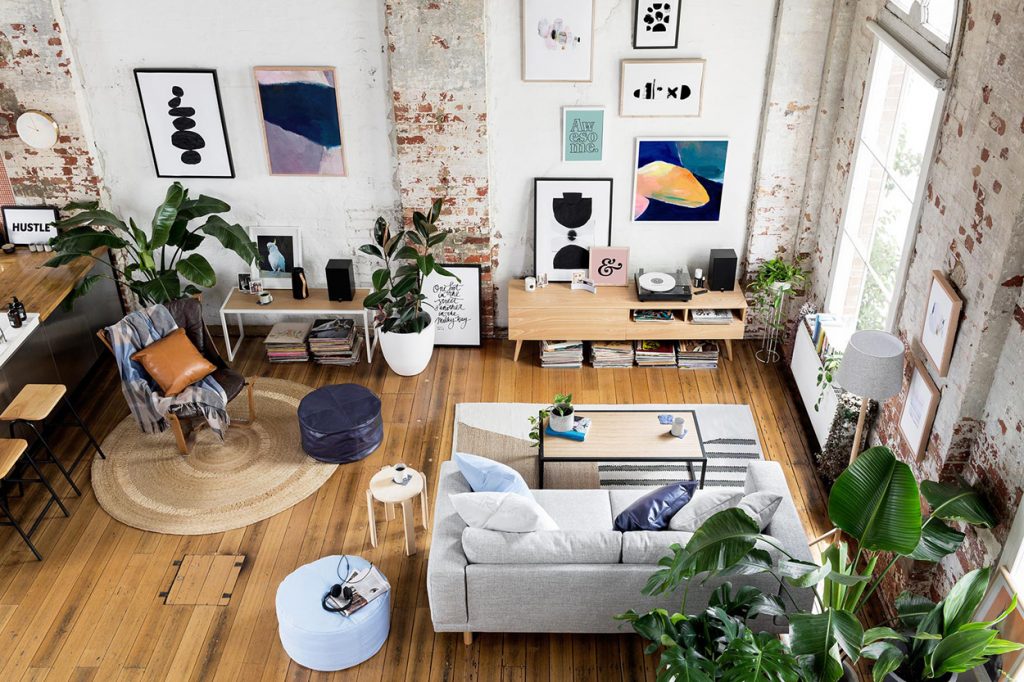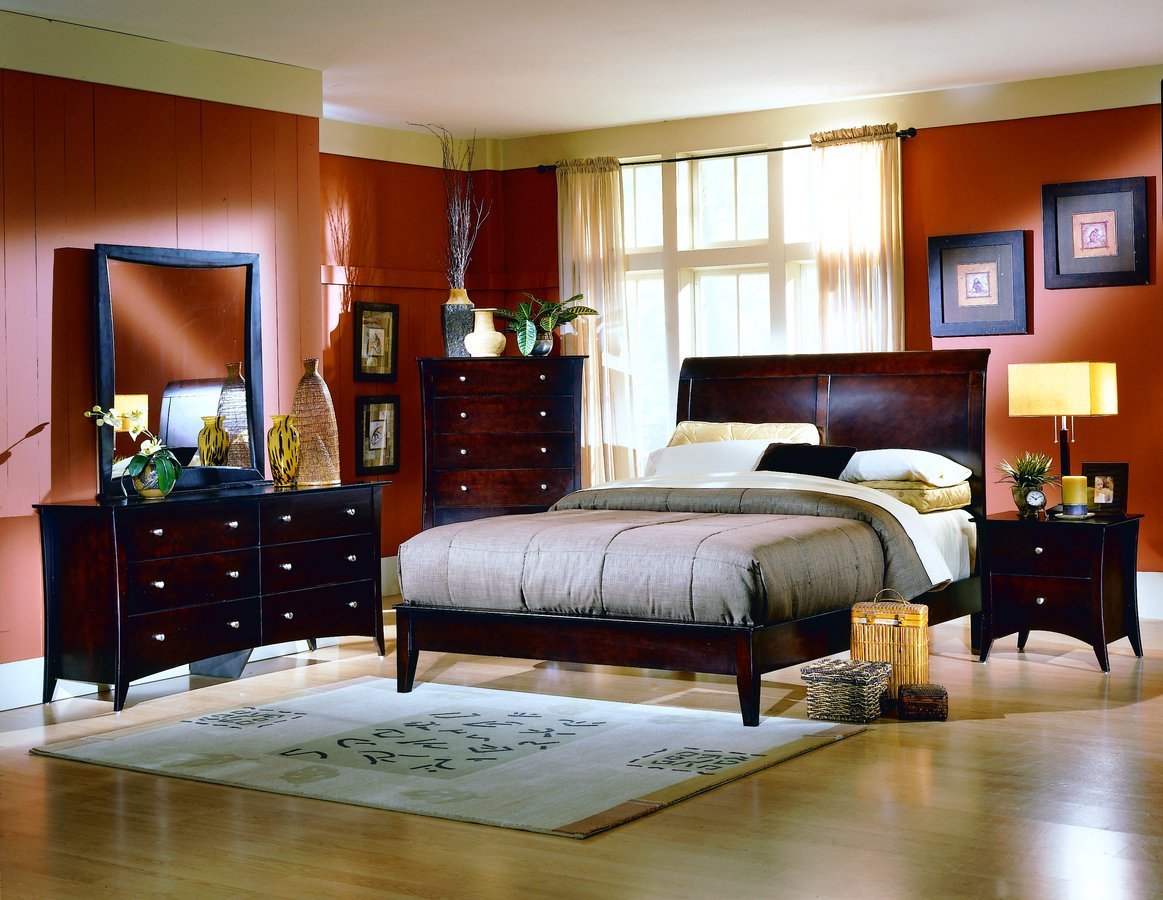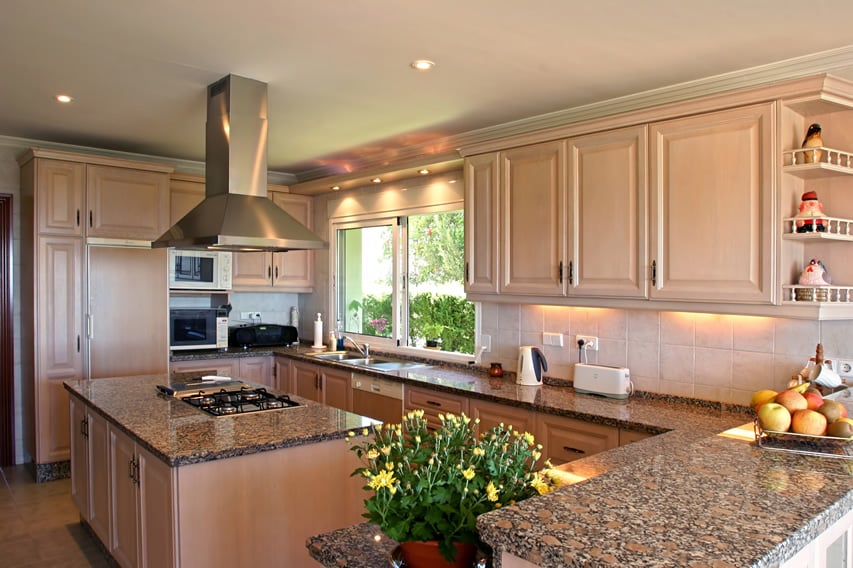1930s Living Room
The 1930s were a time of elegance and sophistication in interior design, and the living room was no exception. The focus was on creating a comfortable and welcoming space that also showcased the homeowner's wealth and status. Art Deco was the dominant style of the decade, featuring geometric shapes, bold colors, and luxurious materials. The living room was the heart of the home, where families gathered to entertain guests and relax after a long day.
1970s Living Room
In contrast to the extravagant and opulent 1930s, the 1970s saw a shift towards a more casual and eclectic style in living room design. Mid-century modern and bohemian influences were popular, with a focus on natural elements and earthy tones. The living room was no longer just a showpiece, but a space for relaxation and self-expression. This decade also saw the rise of open floor plans, blurring the lines between the living room and other areas of the home.
Interior Design
The 1930s and 1970s were both significant decades in interior design, each with its own unique style and influences. While the 1930s were characterized by luxury and extravagance, the 1970s embraced a more laid-back and eclectic approach. Both decades, however, emphasized the importance of creating a comfortable and inviting living space.
Furniture
The furniture of the 1930s was often grand and ornate, with Art Deco designs featuring bold geometric shapes and luxurious materials such as velvet and leather. Sofas and chairs had elegant curved lines, and coffee tables were often made of glass and chrome. In contrast, the furniture of the 1970s was more understated and functional, with a focus on natural elements and minimalist designs. Comfortable and versatile pieces, such as modular sofas and bean bag chairs, were popular.
Decor
The decor of the 1930s living room was all about making a statement. Luxurious materials like silk and velvet were used for curtains and drapes, while walls were adorned with Art Deco inspired wallpaper or intricate molding. Decorative elements such as vases, sculptures, and ornate mirrors were also common. In the 1970s, decor became more personal and eclectic. Natural elements like plants and macrame were popular, along with colorful and abstract art pieces.
Color Scheme
The color scheme of the 1930s living room was all about drama and contrast. Bold colors like red, green, and gold were used in combination with black and white to create a striking and opulent look. In the 1970s, earthy and natural tones dominated. Shades of brown, orange, and green were popular, along with pops of bright colors like yellow and turquoise.
Wallpaper
In the 1930s, wallpaper was a major design element, often featuring bold and intricate Art Deco patterns. Metallic and glossy finishes were also popular. In the 1970s, wallpaper took a more laid-back approach, with natural and earthy designs like florals, stripes, and geometric patterns. Wallpaper was often used as an accent wall, while the rest of the walls were painted in a complementary color.
Flooring
The flooring of the 1930s living room was often made of hardwood, with intricate patterns and borders. Rugs were also used to add warmth and texture to the space. In the 1970s, wall-to-wall carpeting became more common in living rooms, often in bold and colorful patterns. Hardwood floors were still popular, but with a more natural and rustic look.
Lighting
In the 1930s, lighting was an important element in creating a glamorous and luxurious living room. Chandeliers and elaborate light fixtures were popular, often made of crystal or brass. In the 1970s, lighting became more functional and versatile, with the rise of adjustable floor and table lamps. Natural light was also emphasized, with large windows and skylights becoming more common.
Home Decor
The home decor of the 1930s and 1970s reflected the overall design trends of the decade. In the 1930s, homes were filled with elegant and opulent decor, while the 1970s embraced a more relaxed and personal approach. Both decades, however, placed importance on creating a comfortable and inviting living room that reflected the homeowner's style and personality.
The Evolution of Living Room Design: A Comparison of the 1930s and 1970s

The 1930s: Elegance and Functionality
 During the 1930s, home design focused on creating spaces that were both elegant and functional. This was especially true for the living room, which was considered the heart of the home. The
main keyword
of this era was simplicity, with a focus on clean lines and minimal decoration. Furniture was often
streamlined
and
made from high quality materials
such as wood and leather. The color scheme was mostly neutral, with pops of color in the form of
bold geometric patterns
on upholstery and curtains. The
main purpose
of the living room was to provide a comfortable and
welcoming space for social gatherings
and entertaining guests.
During the 1930s, home design focused on creating spaces that were both elegant and functional. This was especially true for the living room, which was considered the heart of the home. The
main keyword
of this era was simplicity, with a focus on clean lines and minimal decoration. Furniture was often
streamlined
and
made from high quality materials
such as wood and leather. The color scheme was mostly neutral, with pops of color in the form of
bold geometric patterns
on upholstery and curtains. The
main purpose
of the living room was to provide a comfortable and
welcoming space for social gatherings
and entertaining guests.
The 1970s: Bold and Eclectic
 The 1970s saw a shift in living room design, moving away from the elegance and simplicity of the 1930s. Instead, the focus was on creating bold and eclectic spaces that reflected the
cultural and social changes
of the time. The
main keyword
of this era was
individuality
, with homeowners embracing a mix of styles and
expressing their unique personalities
through their home decor. Furniture became larger and more
ornate
, with a mix of
modern and retro pieces
. Colors were bright and bold, with patterns such as
florals, stripes, and paisleys
being popular choices. The living room was no longer just a space for socializing, but also a place for relaxation and self-expression.
The 1970s saw a shift in living room design, moving away from the elegance and simplicity of the 1930s. Instead, the focus was on creating bold and eclectic spaces that reflected the
cultural and social changes
of the time. The
main keyword
of this era was
individuality
, with homeowners embracing a mix of styles and
expressing their unique personalities
through their home decor. Furniture became larger and more
ornate
, with a mix of
modern and retro pieces
. Colors were bright and bold, with patterns such as
florals, stripes, and paisleys
being popular choices. The living room was no longer just a space for socializing, but also a place for relaxation and self-expression.
The Common Thread: Comfort and Functionality
 Despite the stark differences in design, there is one common thread that ties the living rooms of the 1930s and 1970s together – a focus on
comfort and functionality
. While the 1930s prioritized simplicity and the 1970s embraced individuality, both eras understood the importance of creating a space that was
livable and functional
. This is evident in the choice of furniture, with both eras opting for comfortable seating and
multi-functional pieces
such as coffee tables and storage units. Additionally, the living room remained a central gathering place for family and friends, highlighting its
timeless importance
in home design.
Despite the stark differences in design, there is one common thread that ties the living rooms of the 1930s and 1970s together – a focus on
comfort and functionality
. While the 1930s prioritized simplicity and the 1970s embraced individuality, both eras understood the importance of creating a space that was
livable and functional
. This is evident in the choice of furniture, with both eras opting for comfortable seating and
multi-functional pieces
such as coffee tables and storage units. Additionally, the living room remained a central gathering place for family and friends, highlighting its
timeless importance
in home design.
In Conclusion
 The 1930s and 1970s may have been decades apart, but their influence on living room design is still evident today. Whether you prefer the elegance and simplicity of the 1930s or the bold and eclectic style of the 1970s, one thing is for sure – the living room will continue to evolve and reflect the ever-changing tastes and trends of society. So, which era's living room design do you prefer? Let us know in the comments below.
The 1930s and 1970s may have been decades apart, but their influence on living room design is still evident today. Whether you prefer the elegance and simplicity of the 1930s or the bold and eclectic style of the 1970s, one thing is for sure – the living room will continue to evolve and reflect the ever-changing tastes and trends of society. So, which era's living room design do you prefer? Let us know in the comments below.





















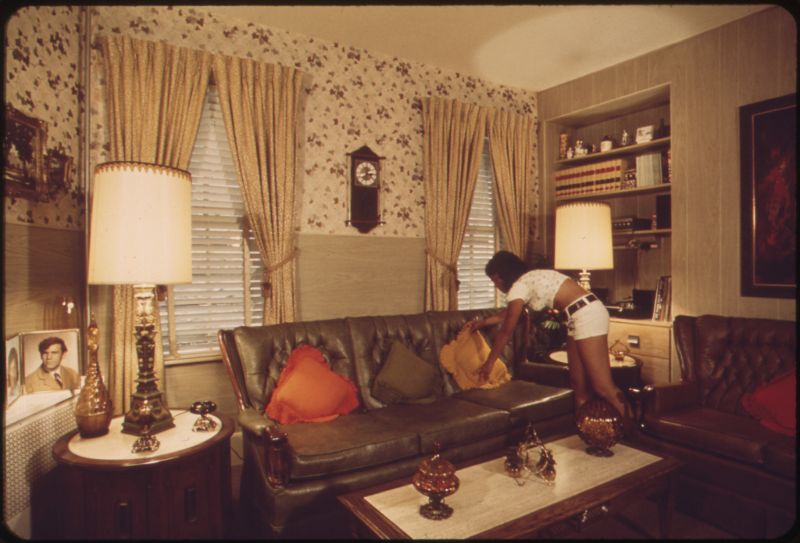







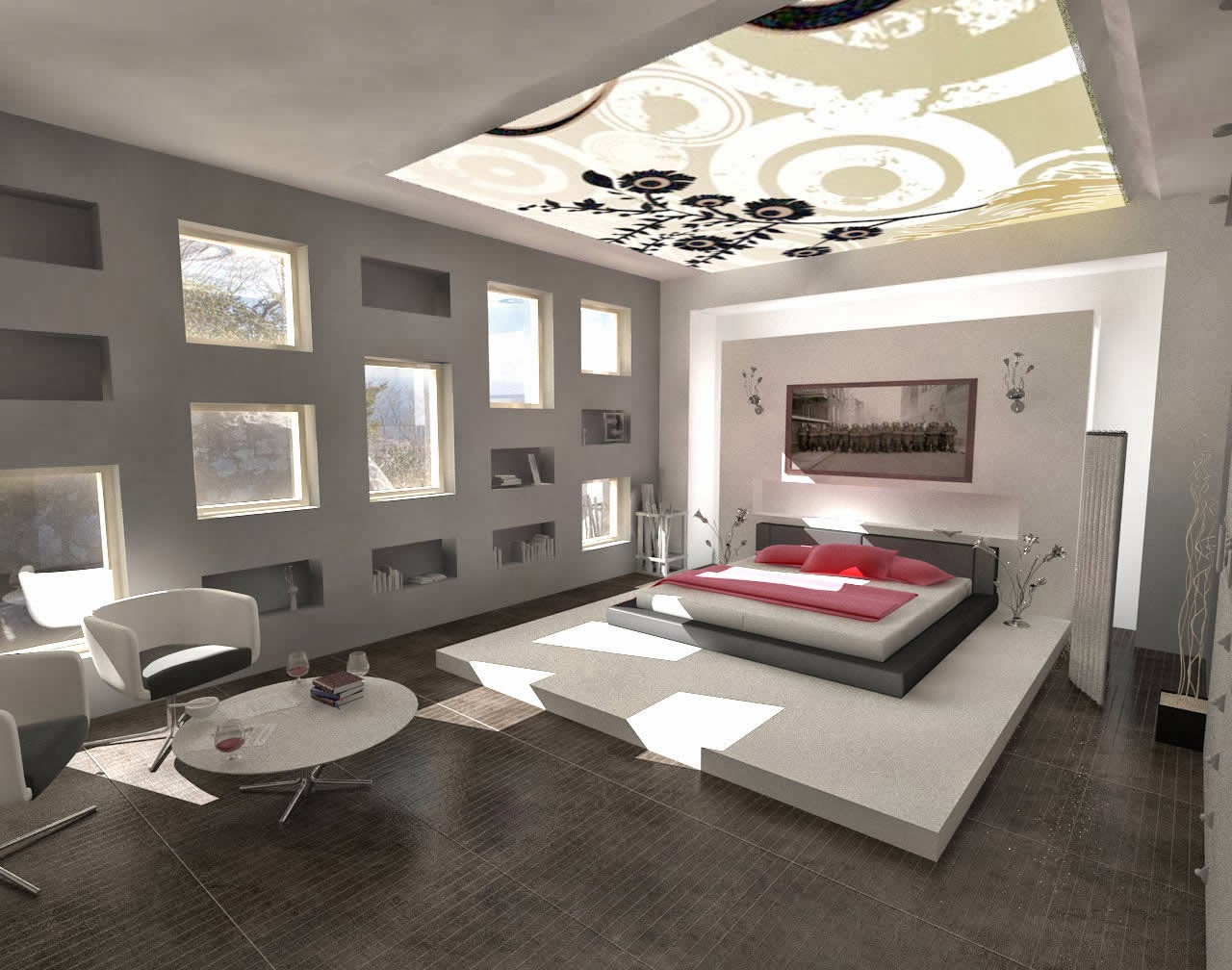
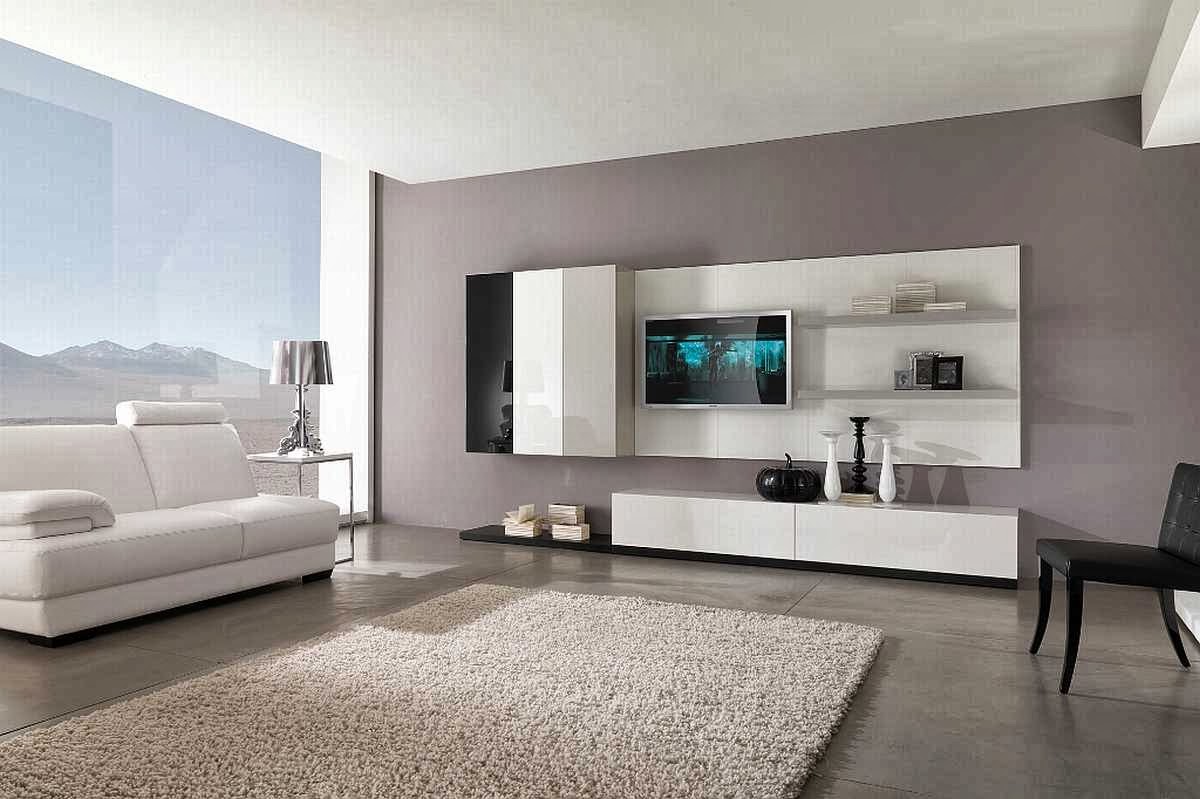

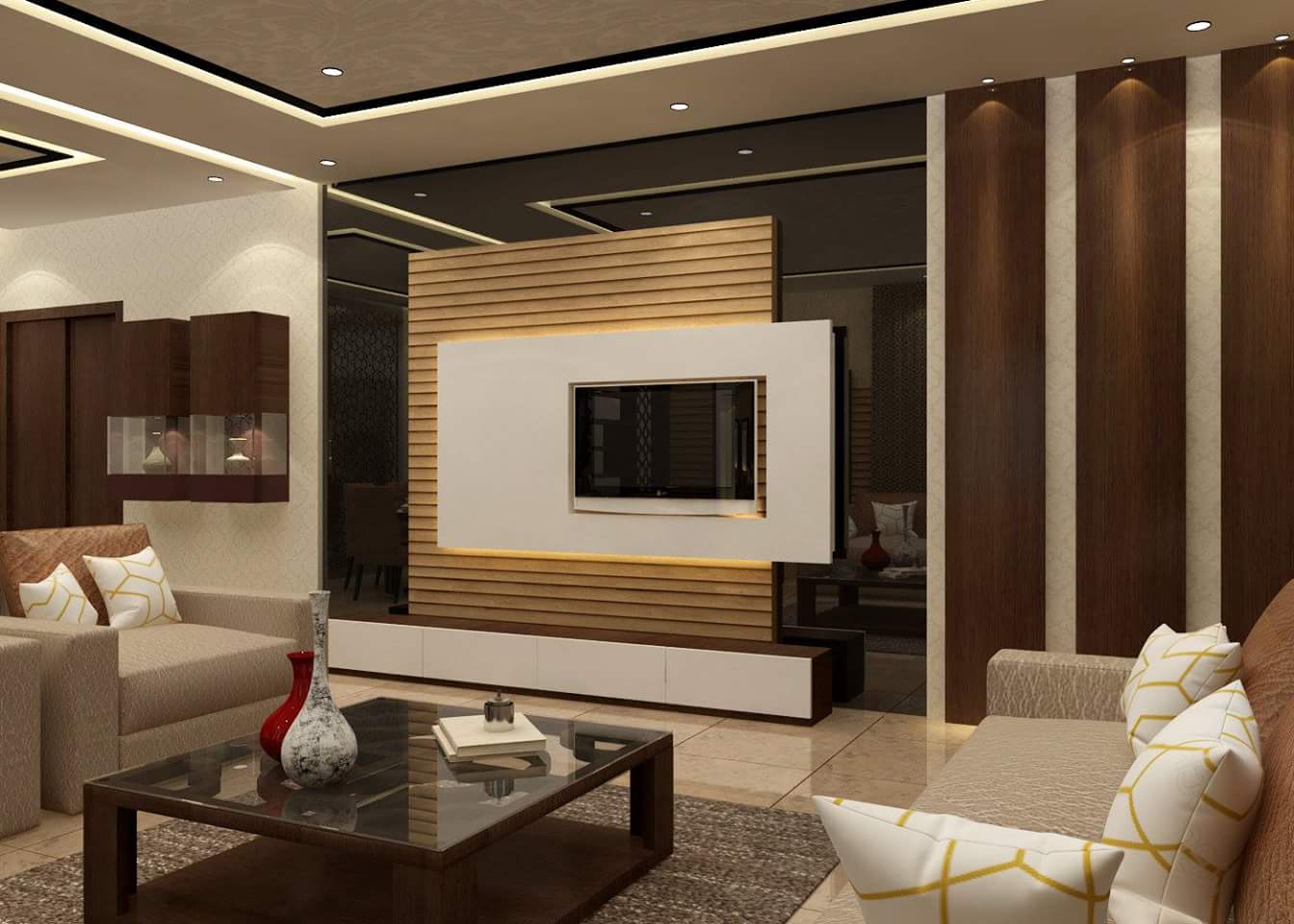















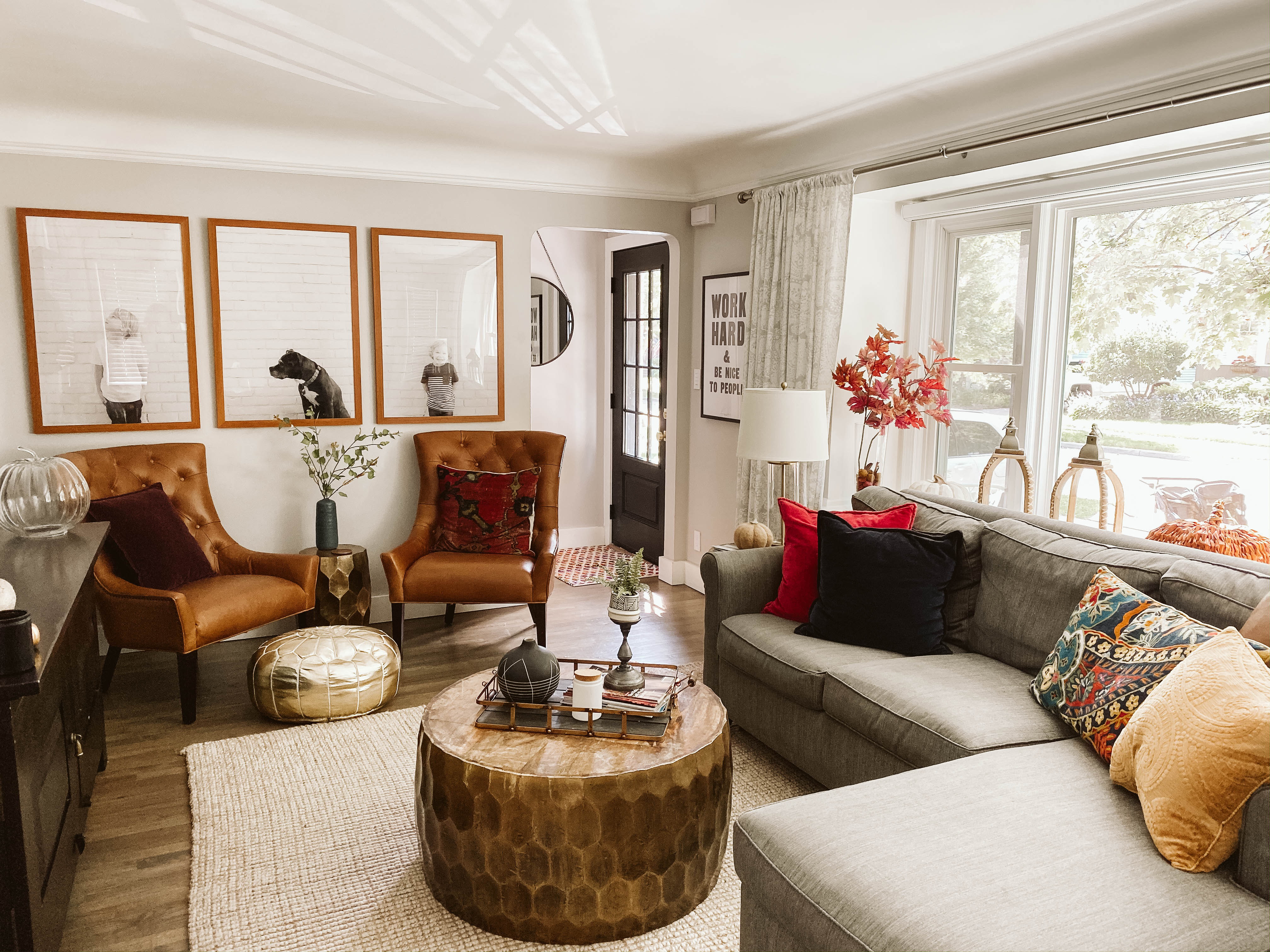





.jpg)









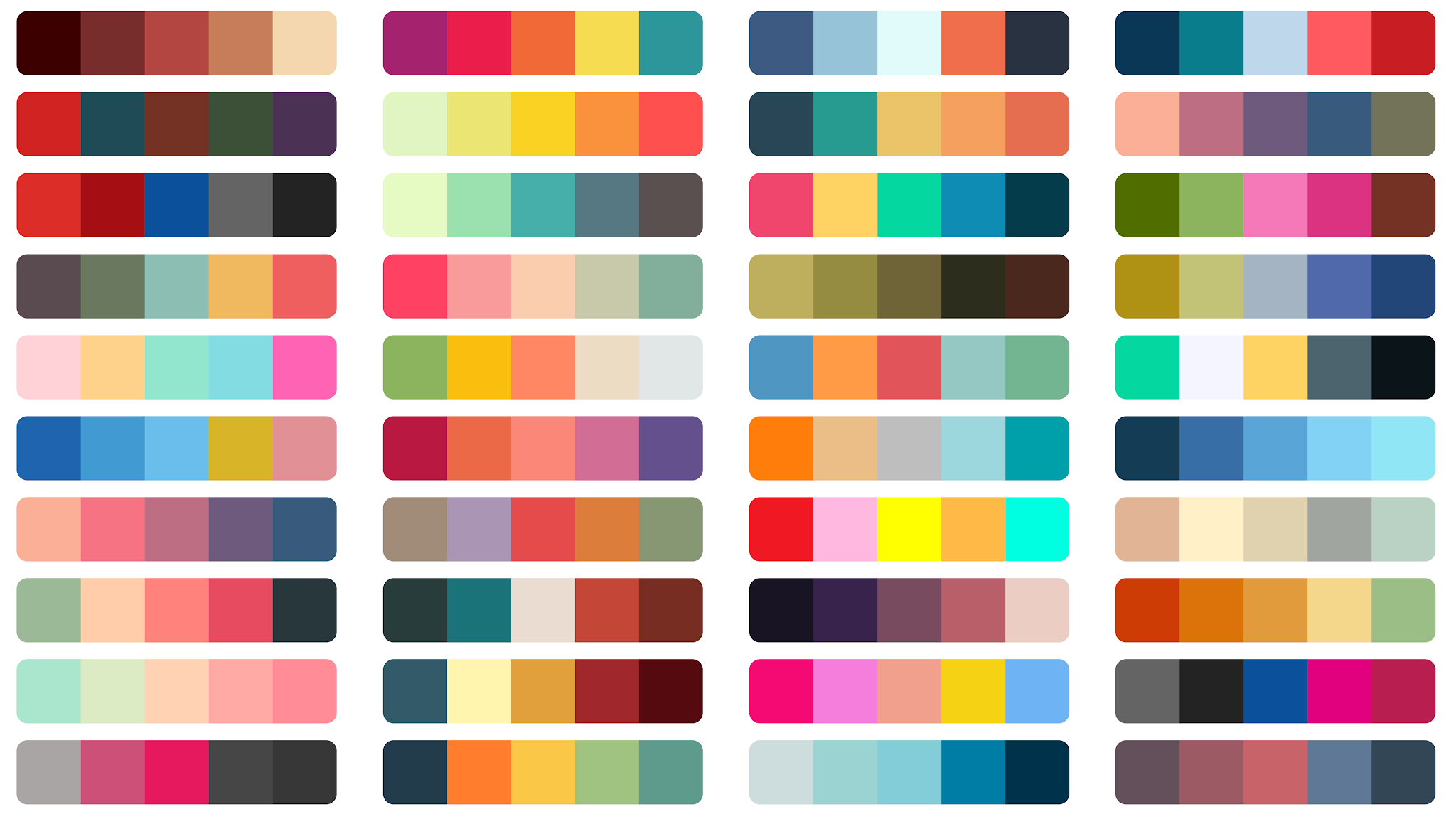




















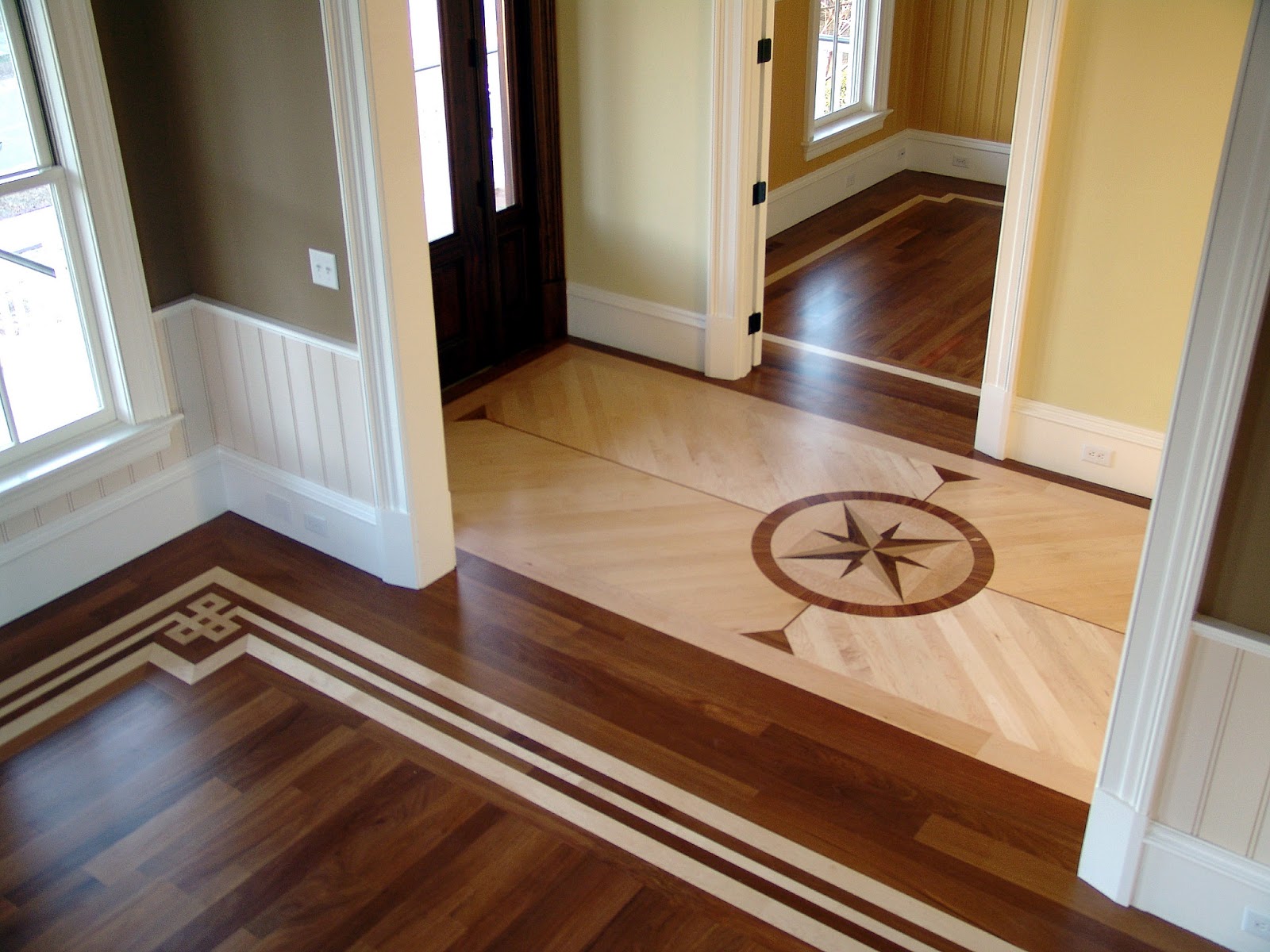


/wooden-floor-in-empty-bedroom-482143001-588bd5f45f9b5874eebd56e9.jpg)





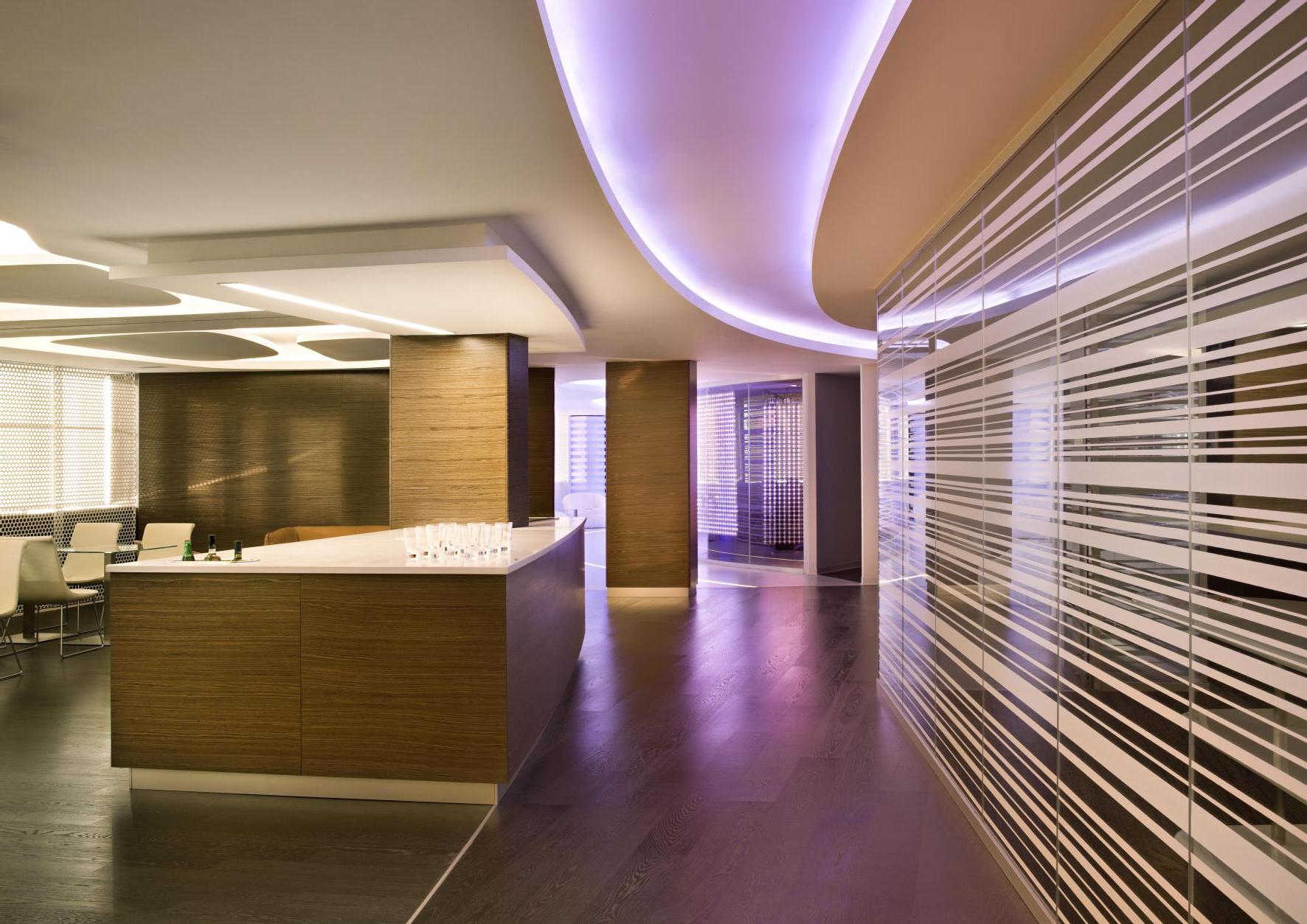







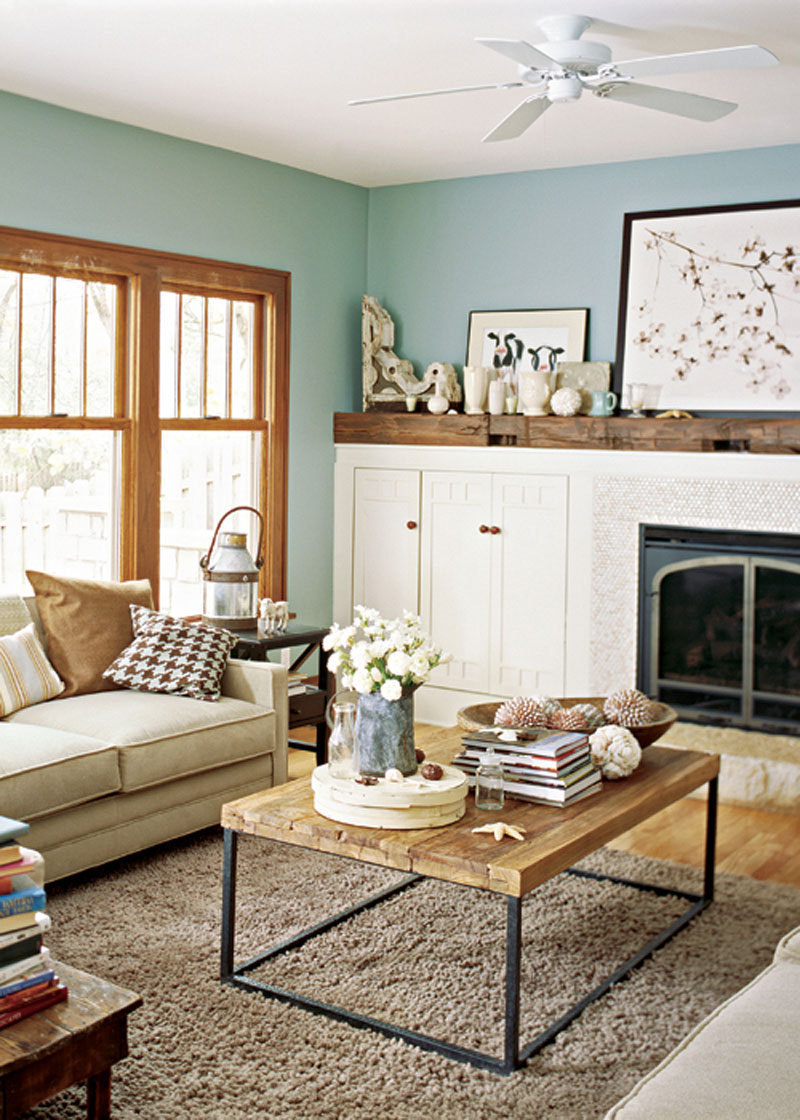.jpg)


